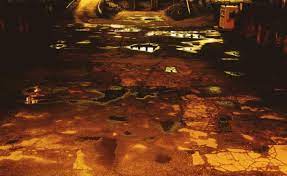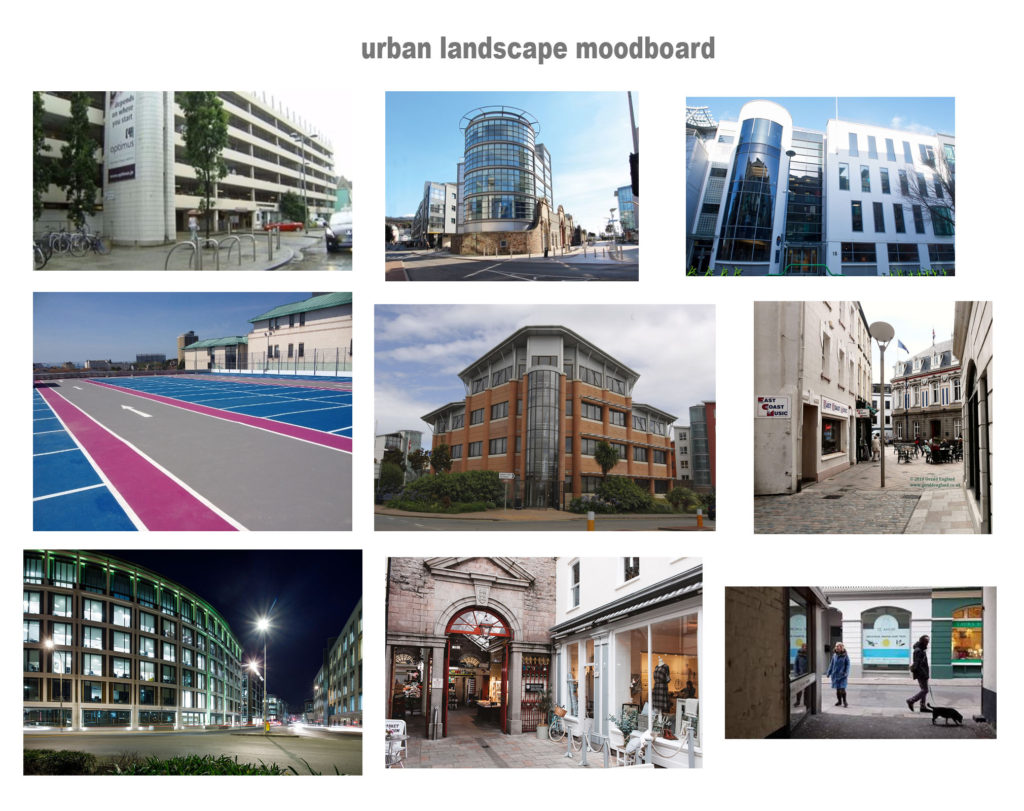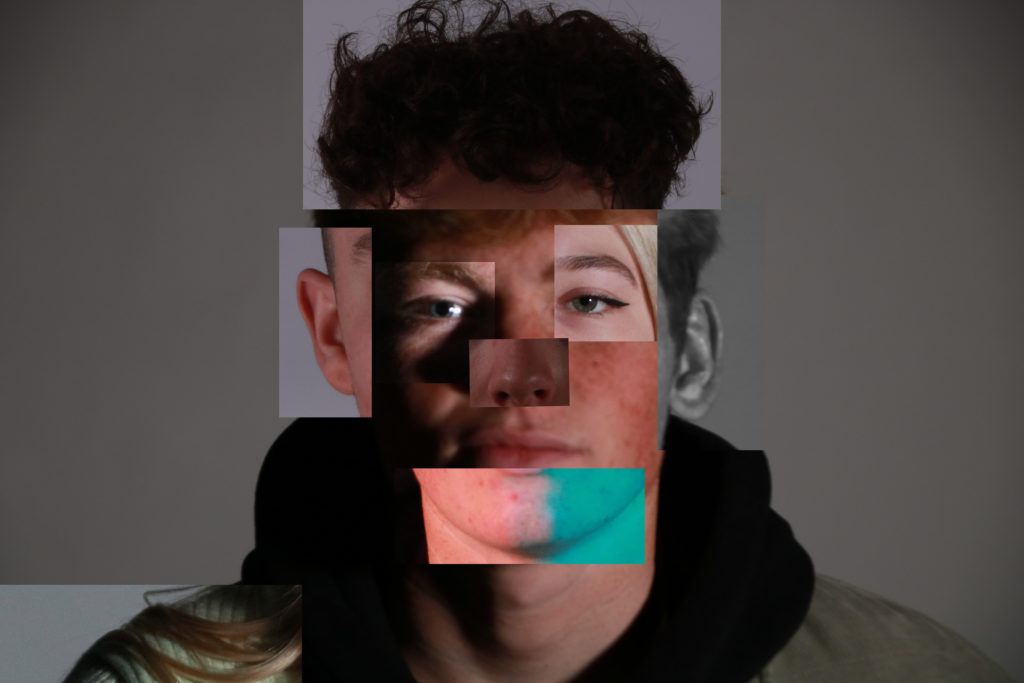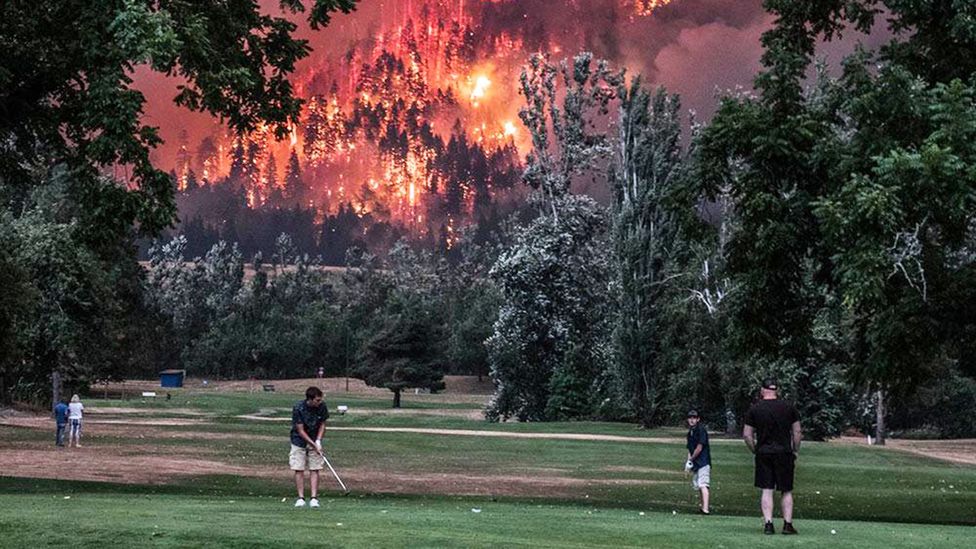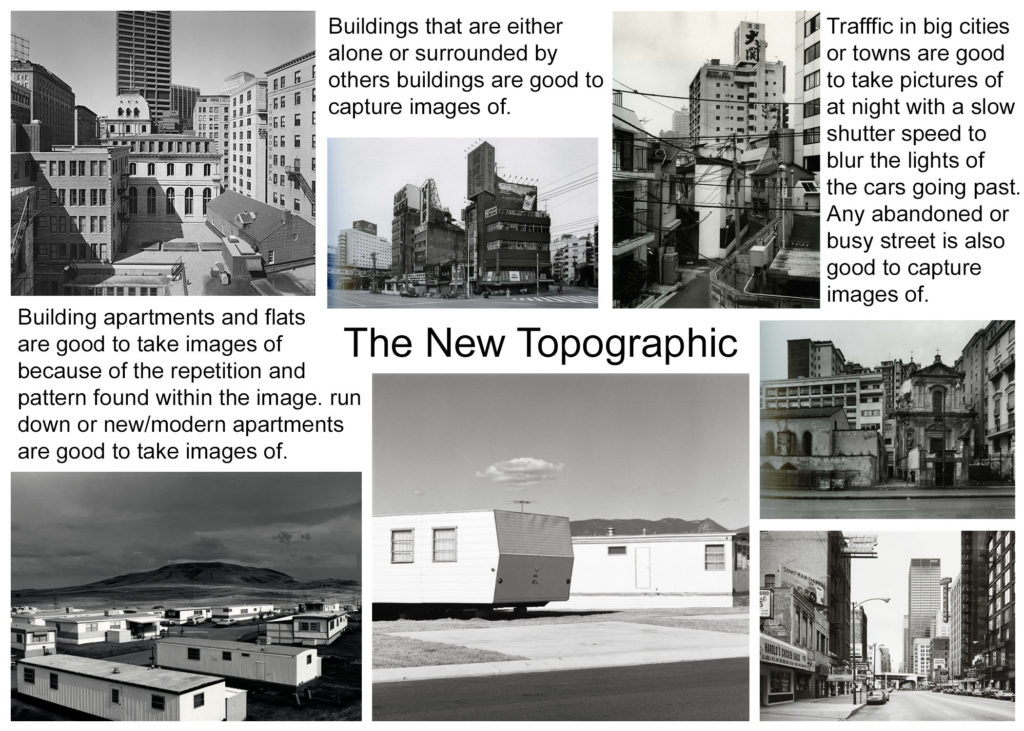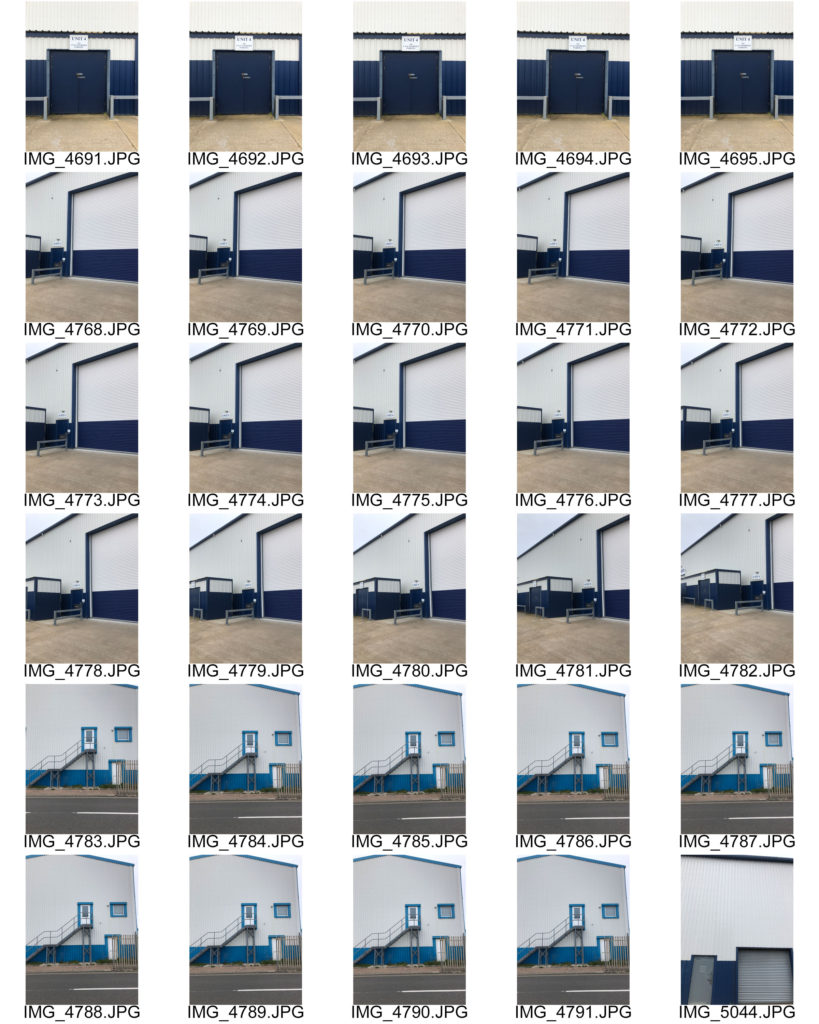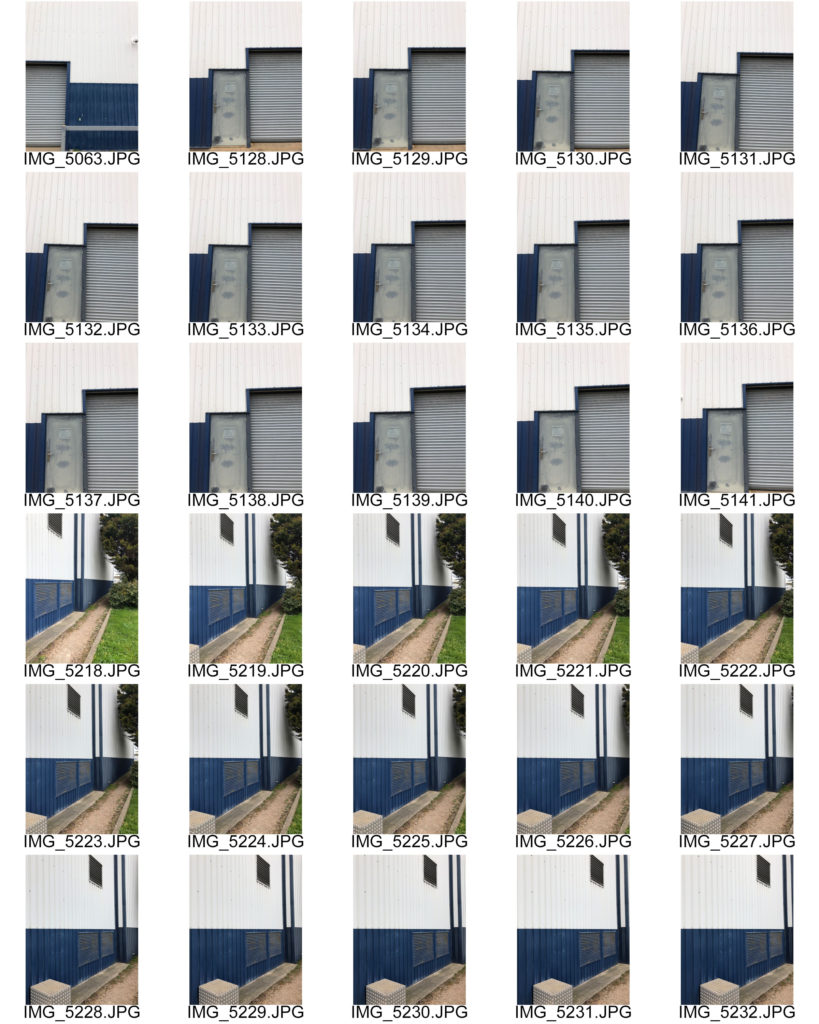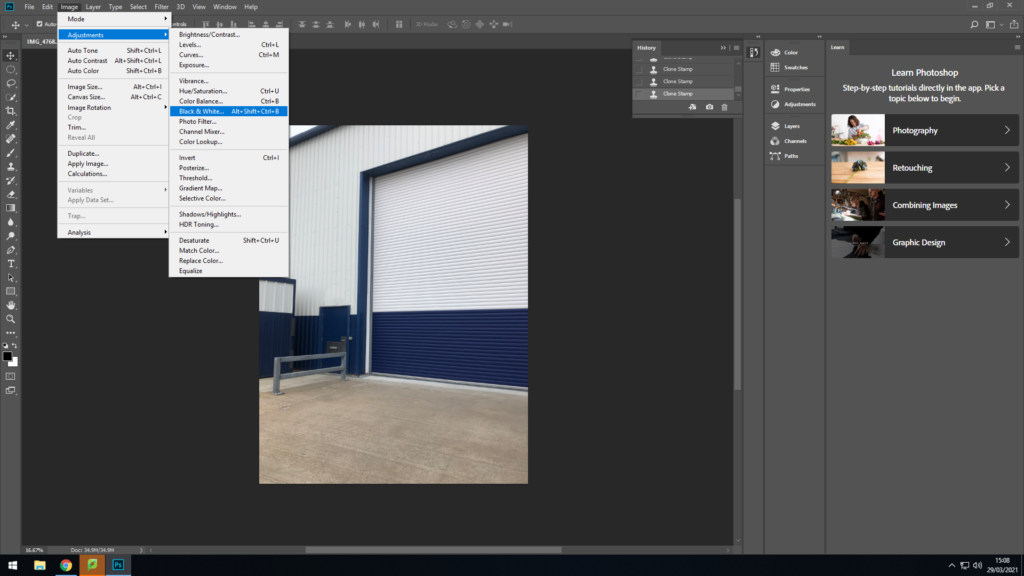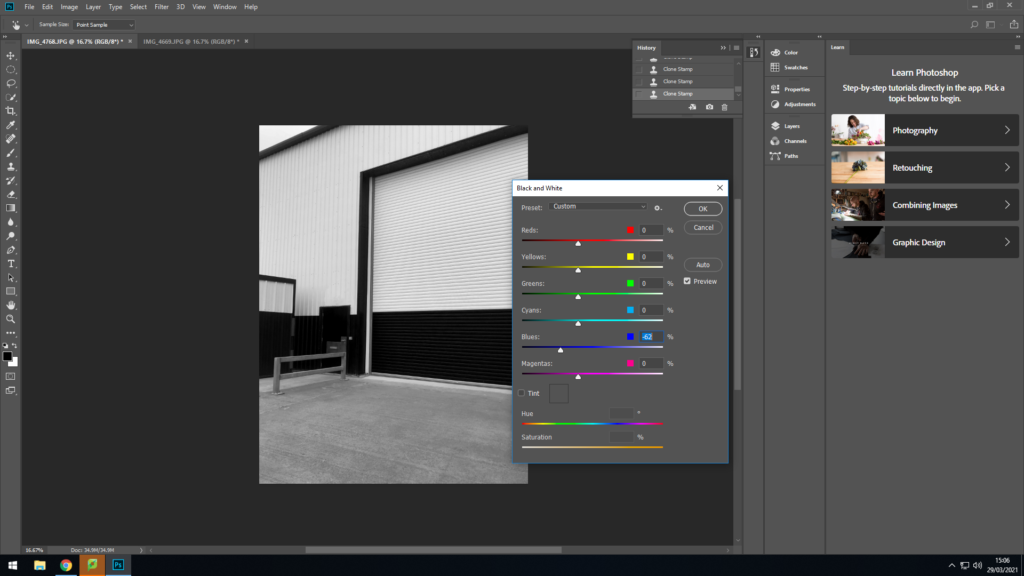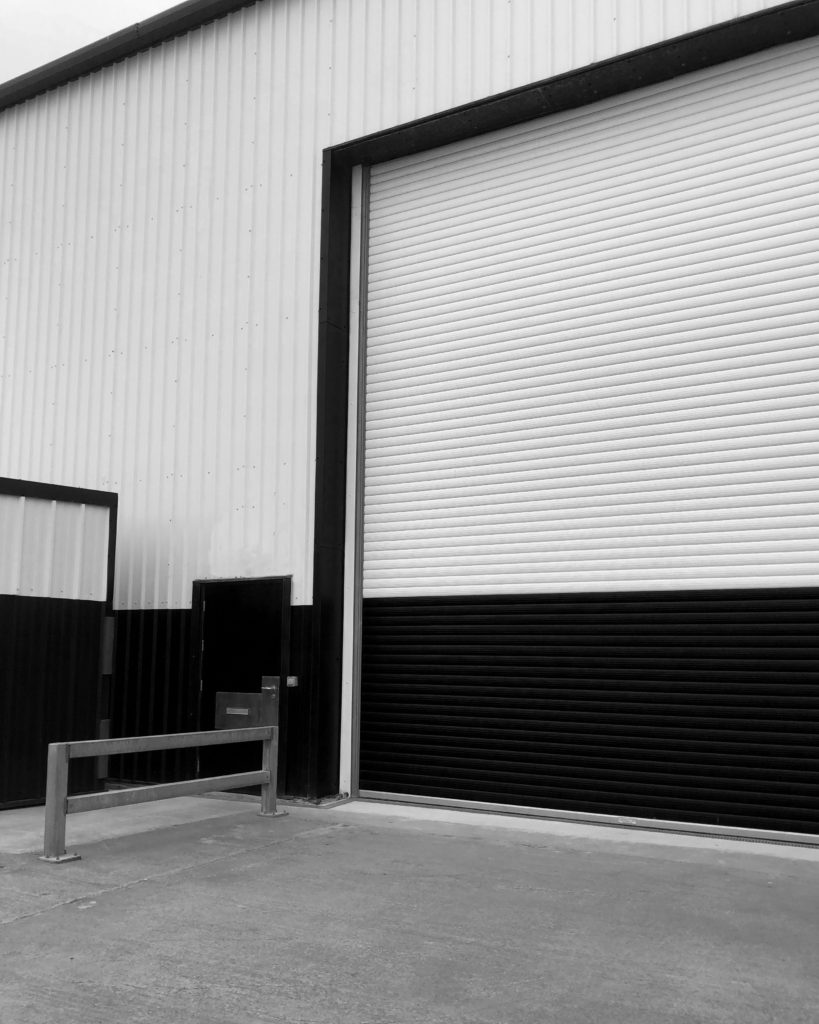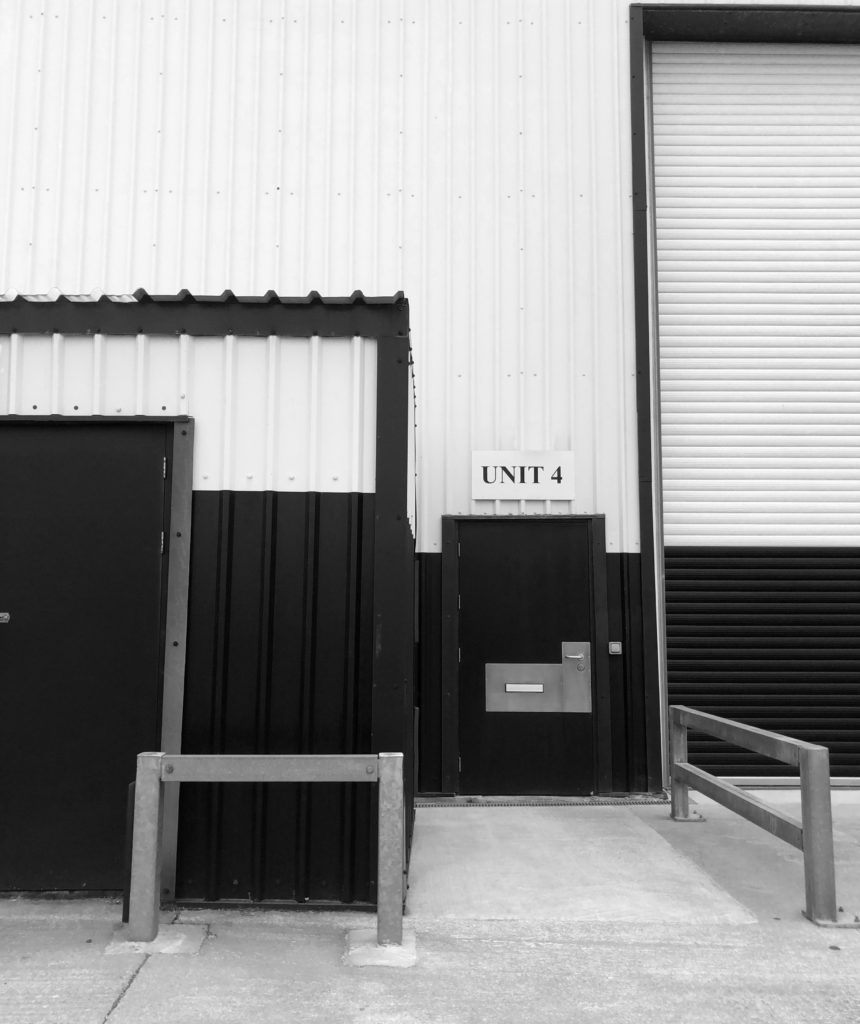Lewis Baltz was a visual artist and photographer who became an important figure in the New Topographics movement of the late 1970s. – Wikipedia
Lewis Baltz worked as a freelance photographer in California and his urban photographs took a very specific and unique form.
Many of his images are framed directly facing a wall, building or object. This gives a flat and almost 2D look to the photographs, but the strong contrast between the highlights and the shadows create the sense of depth that is lacking from the angle that the image is taken.


Whilst most of his work has this format, some of his images are taken at different angles, usually 45 degrees from the object/building but sometimes differing. Although the angles are different, the same black and white tones and high contrast can be seen consistently throughout all of his work.

Photo Analysis

In this image, Lewis Baltz took the image on a bright day while it was cloudy. This is shown through the diffused lighting which is evenly lighting the shot and the lack of harsh shadows. He has used a fairly high aperture allowing the whole flat surface to be in focus, most likely f.8-10. The shutter speed could have varied depending on the exact aperture that was used and the intensity of the natural light at the time. The quality of the image is crisp, but crisp for the time that the image was captured in 1974, also using fairly low ISO.
The image was captured in black and white, allowing for the high contrast between the highlights and shadows, and the different colours of the wall to pop out more, such as the harsh difference between the dark material at the top of the wall, and the plain white door in the centre of the image. The image, much like many other photographs taken by Lewis Baltz, is taken looking flat directly towards the building, giving a 2D view to the surface. This emphasizes the geometric shapes and right angles created by the varying textures and objects.
The image is also taken at head height, almost giving a point of view perspective of what it would be like to actually be at the location of where the photograph was shot. The overall image shows the jagged and harsh lines which appear in urban and industrial areas/landscapes.



